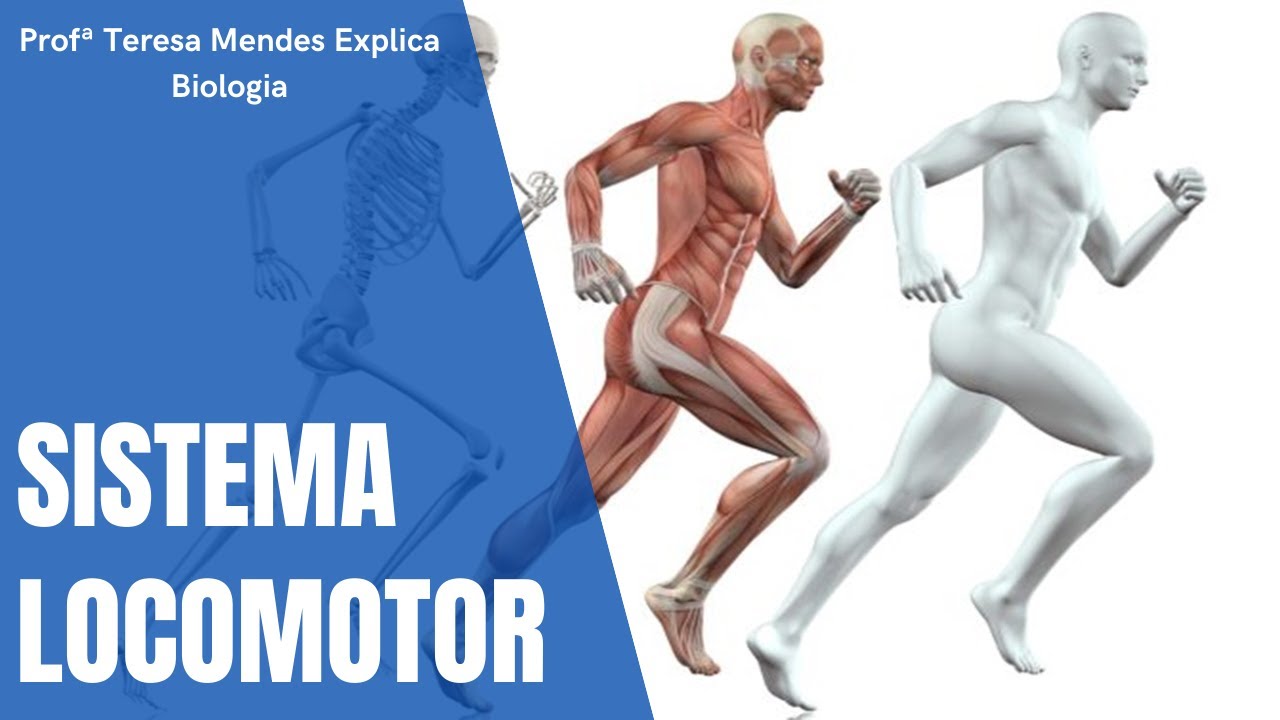Sistem gerak pada manusia part 2 - Biologi kelas 11 SMA
Summary
TLDRIn this educational video, Kak Hera explains the second part of the human locomotor system, focusing on skeletal muscles. The video covers the characteristics, structure, and working mechanism of skeletal muscles, detailing muscle fibers, tendons, and the sliding filament theory behind muscle contraction. It also explores muscle energy sources, the role of ATP, and how muscles work synergistically or antagonistically to produce movement. The video concludes with a discussion on common muscle disorders, including hypertrophy, atrophy, and myasthenia gravis, helping viewers understand the complexity and function of skeletal muscles.
Takeaways
- 😀 Otot rangka, or skeletal muscles, are the active part of the human movement system, while bones serve as the passive structure.
- 😀 Skeletal muscles are characterized by four key properties: contractibility, extensibility, elasticity, and excitability.
- 😀 Skeletal muscle structure includes three main parts: the muscle head (origin tendon), muscle belly, and muscle tail (insertion tendon), all connected to bones via tendons.
- 😀 Muscle fibers are protected by layers of connective tissue, including the epimysium, perimysium, and endomysium, which help maintain the muscle’s structure.
- 😀 The muscle fibers contain myofibrils, which consist of contractile proteins called actin and myosin, arranged in distinct patterns that give skeletal muscles their striated appearance.
- 😀 According to the sliding filament theory, muscle contraction occurs when myosin heads bind to actin filaments, pulling them inward, shortening the muscle.
- 😀 The energy for muscle contraction comes from ATP and creatine phosphate, which are broken down anaerobically during muscle activity, while relaxation is fueled by aerobic processes.
- 😀 Muscle contraction can only occur if calcium ions and ATP are present. When neural impulses stop, calcium is reabsorbed, causing muscle relaxation.
- 😀 Muscles work in pairs: synergistic muscles support each other's actions, while antagonistic muscles perform opposite movements (e.g., biceps and triceps).
- 😀 Muscular disorders can be caused by improper activity (e.g., hypertrophy or muscle cramps), disease (e.g., polio or myasthenia gravis), or genetic factors (e.g., muscular dystrophy).
Q & A
What is the primary function of muscles in the human body?
-The primary function of muscles is to serve as active movement agents, enabling the body to move by contracting and exerting force on the skeleton, which acts as a passive structure.
What are the main characteristics of skeletal muscles?
-The four main characteristics of skeletal muscles are contractility (ability to shorten or contract), extensibility (ability to stretch), elasticity (ability to return to normal length), and excitability (ability to respond to stimuli).
What are the differences between the origin and insertion tendons of skeletal muscles?
-The origin tendon (tendon origo) is attached to the immovable bone, while the insertion tendon (tendon insertio) is connected to the movable bone. The insertion tendon allows for movement when the muscle contracts.
What is the role of the epimysium in skeletal muscle?
-The epimysium is a connective tissue layer that surrounds the entire skeletal muscle, providing protection and structural support.
How does the sliding filament theory explain muscle contraction?
-The sliding filament theory states that muscle contraction occurs when the thin filaments (actin) slide over the thick filaments (myosin), causing the sarcomere to shorten. This is facilitated by the energy released from ATP and the binding of calcium ions to troponin.
What is the importance of ATP in muscle contraction?
-ATP provides the necessary energy for muscle contraction by breaking down into ADP and inorganic phosphate, which powers the movement of myosin heads that pull on actin filaments, shortening the muscle.
What are the different types of muscle fibers and their characteristics?
-Skeletal muscles have three types of fibers: Type I (slow-twitch fibers, suited for endurance), Type IIa (fast-twitch oxidative fibers, suited for both endurance and strength), and Type IIb (fast-twitch glycolytic fibers, suited for quick, explosive movements).
What are the two types of muscle groups based on their function?
-Muscles are categorized into two groups based on their function: synergistic muscles, which work together to produce a movement, and antagonistic muscles, which oppose each other to create opposing movements, such as flexion and extension.
What are some common muscle disorders, and what causes them?
-Common muscle disorders include hypertrophy (muscle enlargement due to excessive use), atrophy (muscle shrinkage from inactivity or disease), myasthenia gravis (muscle weakness due to autoimmune issues), and tetanus (muscle spasms caused by bacterial infection).
What is the role of calcium ions in muscle contraction?
-Calcium ions are crucial for muscle contraction because they bind to troponin, causing a structural change that allows myosin to bind to actin and initiate the contraction process.
Outlines

This section is available to paid users only. Please upgrade to access this part.
Upgrade NowMindmap

This section is available to paid users only. Please upgrade to access this part.
Upgrade NowKeywords

This section is available to paid users only. Please upgrade to access this part.
Upgrade NowHighlights

This section is available to paid users only. Please upgrade to access this part.
Upgrade NowTranscripts

This section is available to paid users only. Please upgrade to access this part.
Upgrade NowBrowse More Related Video
5.0 / 5 (0 votes)





